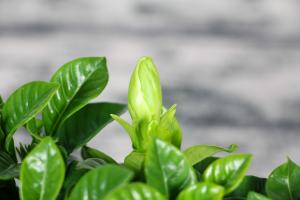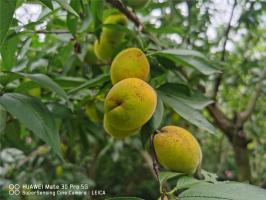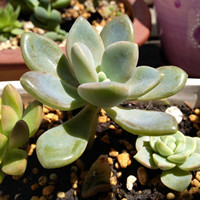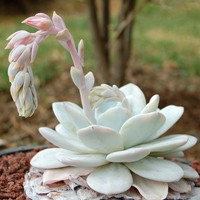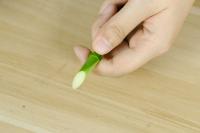Introduction
Tomato plants are widely cultivated as an essential crop, especially in tropical and subtropical regions. Nevertheless, understanding their stress tolerance capacity is critical to their successful cultivation, mainly due to unpredictable climatic changes. One type of stress tomato plants may face is low-temperature. It is essential to understand how low tomato plants can tolerate such stress to plan crop management strategies efficiently. This article focuses on exploring how low tomato plants can tolerate low temperature.
Tomato Plants' Optimal Temperature
Tomato plants grow best in warm temperatures, with their optimal growth occurring between 20 and 27 degrees Celsius (68 and 81 degrees Fahrenheit). Temperatures below 10 degrees Celsius (50 degrees Fahrenheit) may cause severe damage to the plant's tissues and even death.
Chilling Temperature Limits for Tomato Plants
Tomato plants are sensitive to chilling temperatures, which lower photosynthesis and respiration rates and reduce the availability of nutrients required for normal growth. Chilling damage can extend from microscopic to visible structural changes, depending on the stress duration, severity, and the plant's growth stage. The threshold limit for tomato plants' chilling tolerance differs among the cultivars, with some having less tolerance than others.
Studies show that tomato plants can tolerate a chilling temperature of 13 degrees Celsius for short periods (3-5 hours) without significant damage. For longer periods, temperatures below 13 degrees Celsius can cause chilling injury, manifesting as black lesions and water-soaked patches on leaves and stems. Even at temperatures above freezing (0 degrees Celsius) for an extended period, tomato plants may experience chilling damage, especially if there is water on the leaves.
Freezing Temperature Limits for Tomato Plants
Tomato plants are intolerant to freezing temperatures, making them unsuitable for regions with severe winter conditions. At freezing temperatures, ice crystals form in the plant's tissues, causing cell walls to rupture, which leads to irreversible damage.
The threshold limit for tomato plants' freezing tolerance is below 0 degrees Celsius, with some cultivars having less tolerance than others. Studies show that at -1.7 degrees Celsius, 50% of the tomato plant exposed to the cold for 2 hours will die. At -5.5 degrees Celsius and below, the risk of plant damage or even death increases, especially when the temperature drops for more extended periods.
Management Strategies for Cold Stress Tolerance in Tomato Plants
To manage cold stress tolerance in tomato plants, farmers can adopt the following measures:
Planting in protected areas such as polytunnels and greenhouses;
Using row covers to protect young tomato plants from cold temperature;
Adopting hybrid varieties with improved tolerance to cold stress; and,");
Reducing irrigation as excessive water on the leaves during low-temperature conditions can increase the risk of damage to tomato plants.
Conclusion
Low-temperature stress can severely hamper the growth and yield of tomato plants. Understanding their effective low-temperature range is critical to developing effective management strategies that maintain optimal plant performance. The chilling and freezing temperature limits for tomato plants vary among cultivars, making it essential to select the right variety for a specific region. Finally, strategic management of cold stress conditions can significantly improve the overall growth and yield of tomato plants.

 how many times do yo...
how many times do yo... how many planted tre...
how many planted tre...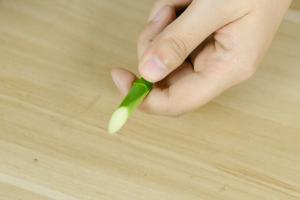 how many pine trees ...
how many pine trees ... how many pecan trees...
how many pecan trees... how many plants comp...
how many plants comp... how many plants can ...
how many plants can ... how many plants and ...
how many plants and ... how many pepper plan...
how many pepper plan...
